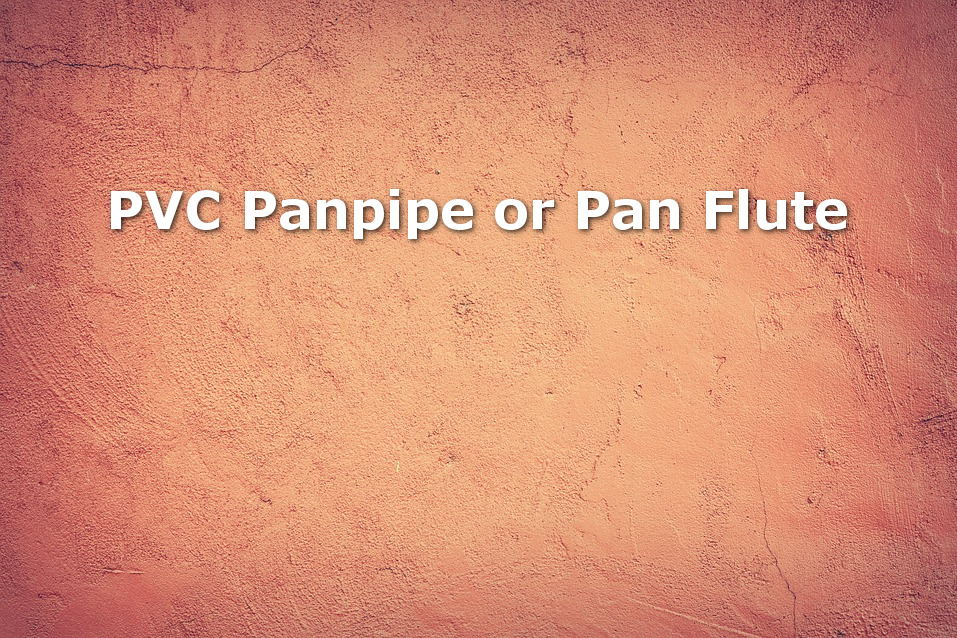Piping can be recycled and actually make great DIY Projects. With the many different alternative uses of piping the options are endless. Do you need an affordable (yet fun and creative) idea that will keep your kids busy and entertained for a few hours? This article is perfect for you then!
In our previous article, we discussed how piping could be used to create a homemade PVC pipe xylophone. This article will discuss how piping can be recycled to make your own panpipe or pan flute.
Materials
- One length of half-inch plastic pipe
- A plastic ware lid
- Colored string or embroidery floss
- Two craft sticks (optional horizontal braces)
- Glue (for plastic)
- Beads (for optional embellishment)
- Small saw and/or knife
- Marker
- Sturdy Scissors
Measurements for Half-Inch Plastic Pipe
- C – 6 1/16″
- D – 5 3/8″
- E – 4 3/4″
- G – 3 15/16″
- A – 3 7/16″
- C’- 3 1/32″
Step-By-Step Process
Step 1: Cutting
The first step is to measure, mark and cut as accurately as possible. This should be down with a small saw or knife. (Remember cutting a bit long is safer than cutting too short.) Then just trim with a knife to fine tune if needed.
Step 2: Tracing
The next step is to trace the end caps onto a plastic lid using the end of a piece of pipe as a pattern. Then cut the caps out with scissors and glue them onto the bottom end of each pipe. (Tip: Use the smoothest, prettiest cut ends of the pipes for the top, open ends of the pipes where your lips will touch.)
Step 3: Weave Pipes Together
Lastly, place the pipes in order, left to right, lowest to highest. You may choose to use two craft sticks, one on each side, to stabilize the pipes. Next, weave and or wind the string or embroidery floss between and around the pipes (and craft sticks, if applicable) to hold them together. It is a good idea to seal the knots with a dab of glue. If desired, you can add tassels made from your string/floss and beads for charms.
Step 4: Play!
Your panflute is now ready to play!
Click here for the full tutorial with pictures.

